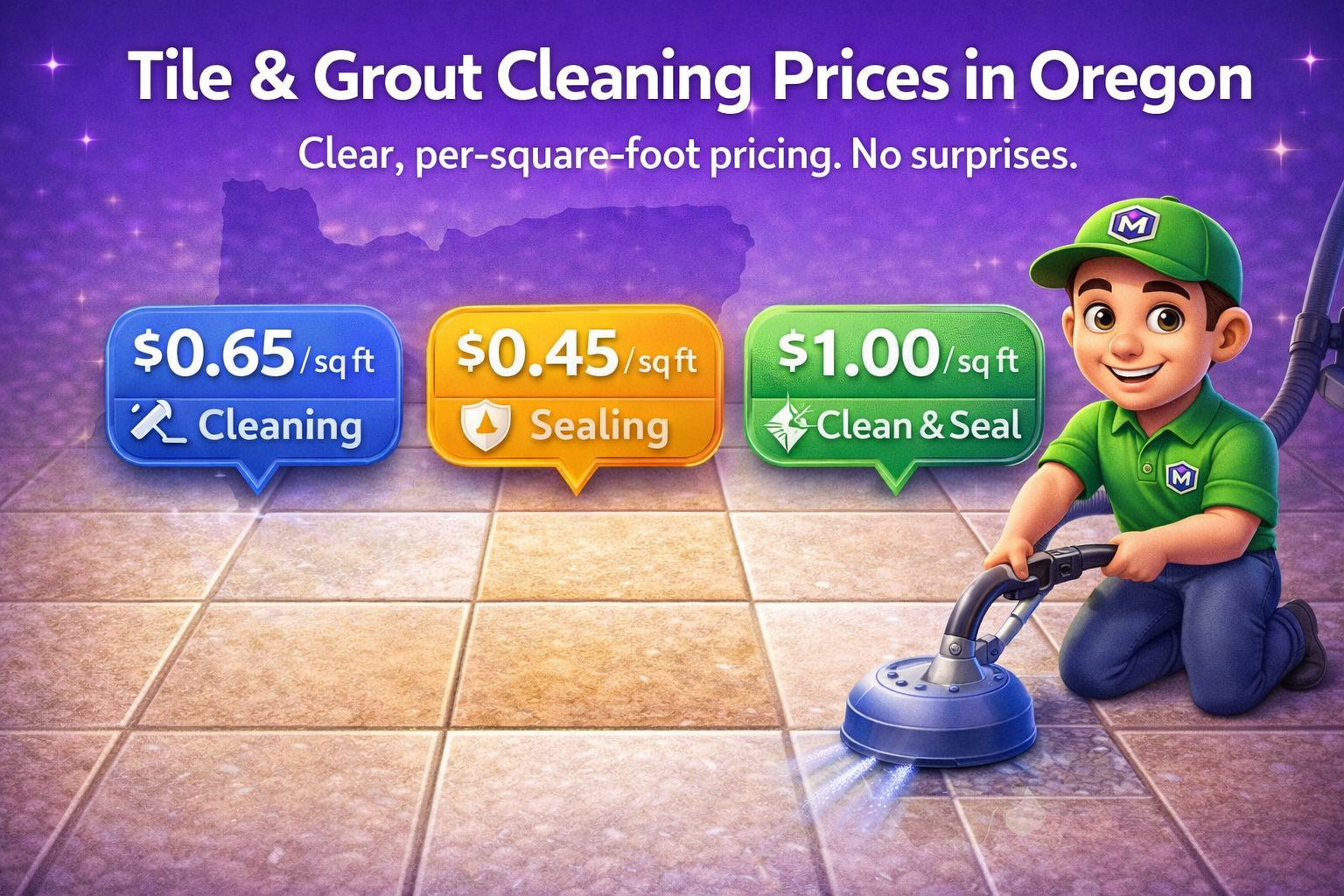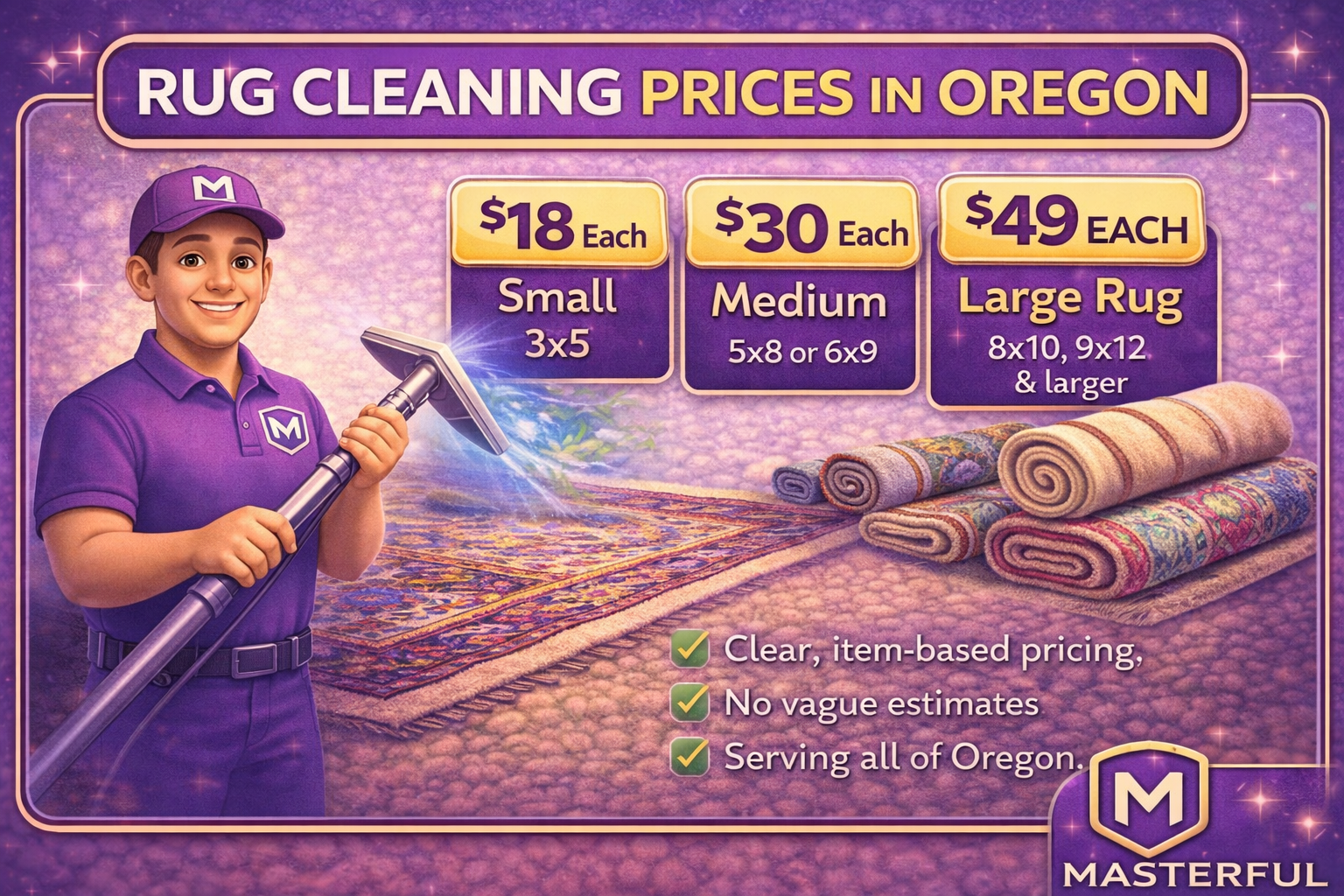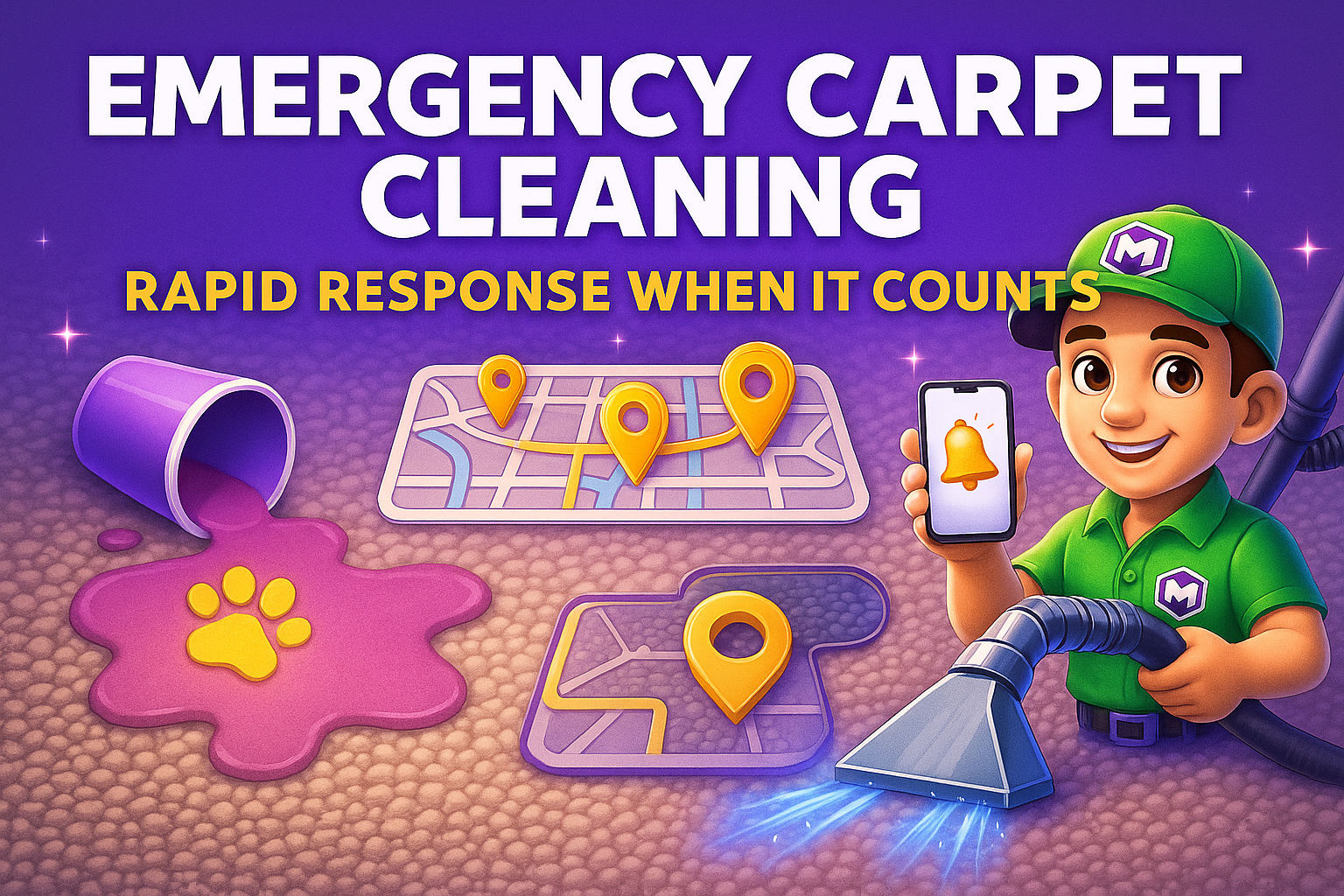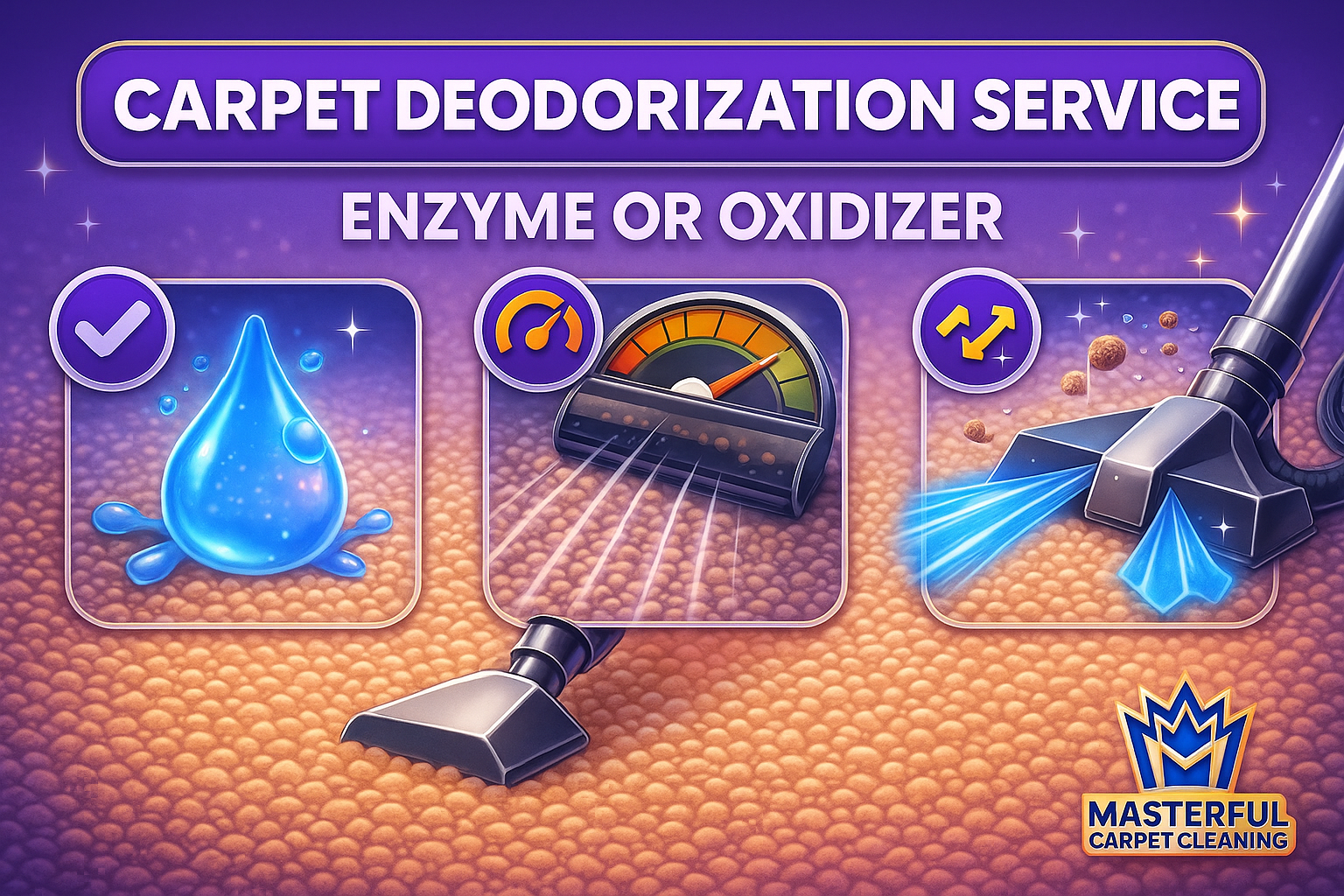The Do’s and Don’ts of Cleaning Unsanded Grout
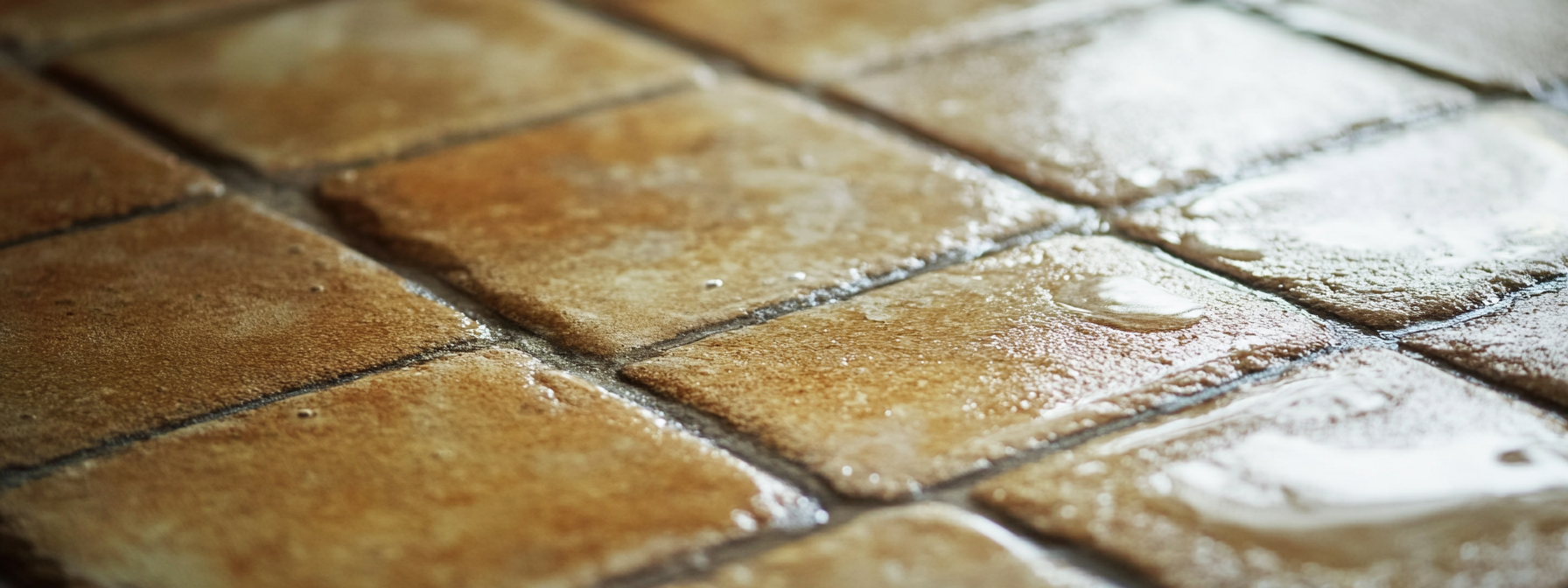
Unsanded grout is commonly used for delicate surfaces like ceramic, glass, and polished tiles, especially in joints that are 1/8 inch or smaller.
Due to its smooth texture and specific application, cleaning unsanded grout requires careful attention to maintain its appearance and longevity. Using the wrong cleaning methods or products can damage the grout and surrounding tiles, so it’s important to follow best practices.
This guide covers the do’s and don’ts of cleaning unsanded grout to ensure you keep your surfaces pristine without causing harm.
Unsanded Grout
Unsanded grout has a smoother consistency compared to sanded grout because it doesn’t contain sand particles. It’s typically used in smaller grout lines or delicate tiles that could be scratched by sanded grout.
Unsanded grout is also more prone to staining and dirt buildup, making regular maintenance important. Since it’s softer, improper cleaning methods can cause the grout to deteriorate or discolor over time.
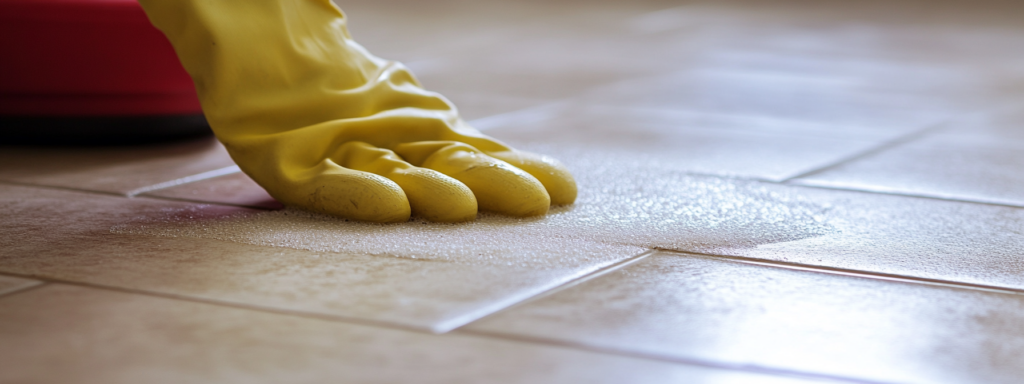
Do’s of Cleaning Unsanded Grout
1. Use a pH-Neutral Cleaner for Regular Cleaning
Unsanded grout is sensitive to harsh chemicals. For everyday cleaning, choose a pH-neutral cleaner that is gentle on the grout and tiles. These cleaners effectively remove dirt and grime without causing discoloration or damage to the grout. Tile and grout cleaning services recommend using a mild solution regularly to prevent dirt buildup and preserve the grout’s original color.
2. Apply a Soft-Bristled Brush
When scrubbing unsanded grout, always opt for a soft-bristled brush. This prevents scratching or damaging the grout and surrounding tiles. Gently scrub in circular motions to remove stains and dirt without exerting too much pressure. Professional grout cleaning services use specialized brushes to avoid wearing down the grout over time.
3. Seal the Grout After Cleaning
Sealing your unsanded grout is one of the most effective ways to protect it from moisture, stains, and dirt. After cleaning, apply a high-quality grout sealer to create a protective barrier. This step is particularly important for grout in high-moisture areas like bathrooms and kitchens. Regular sealing every 6 to 12 months keeps your grout looking new and prevents future staining.
4. Clean Spills Immediately
Grout is porous and can easily absorb liquids, leading to stains and discoloration. Whenever possible, clean up spills as soon as they happen, especially in kitchens or bathrooms. Use a damp cloth to blot the area and follow up with a mild cleaning solution to avoid long-term damage.
5. Hire Professionals for Deep Cleaning
Over time, dirt and stains can penetrate deeper into the grout, making it difficult to clean with household products. In such cases, hiring professional grout cleaning services ensures that the grout is thoroughly sanitized without causing damage. Professionals use steam cleaning and other advanced techniques to restore unsanded grout to its original state.
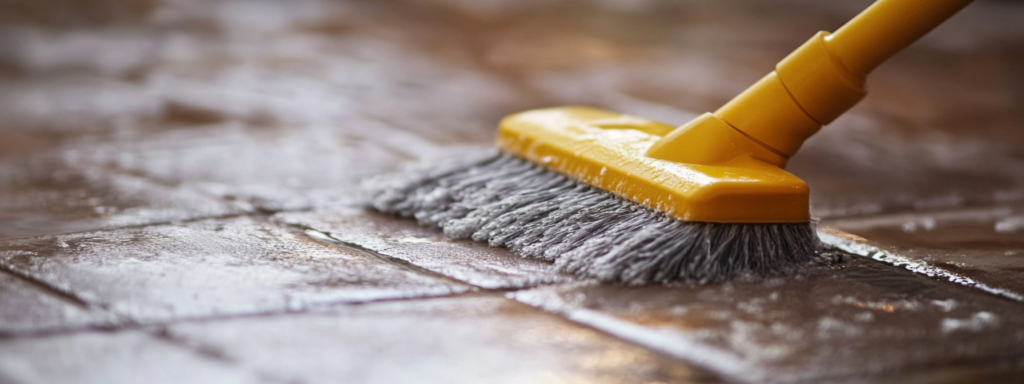
Don’ts of Cleaning Unsanded Grout
1. Avoid Acidic or Abrasive Cleaners
Unsanded grout is particularly vulnerable to acidic cleaners, such as vinegar or lemon-based solutions. These substances can erode the grout and cause discoloration. Similarly, abrasive cleaners or scouring powders can scratch and damage both the grout and the surrounding tiles. Always check the label of any product before applying it to your grout.
2. Don’t Use Metal or Hard Brushes
Hard-bristled brushes or metal scrubbing pads can damage the surface of unsanded grout, causing it to chip or wear away over time. These tools may also scratch the tiles. Stick to soft-bristled brushes or microfiber cloths for any scrubbing tasks to maintain the integrity of the grout.
3. Don’t Let Dirt and Grime Accumulate
Neglecting regular cleaning can cause dirt and grime to become embedded in the grout, making it harder to clean and more susceptible to staining. High-traffic areas or moisture-prone zones like showers should be cleaned frequently to prevent buildup. Allowing dirt to sit for too long increases the likelihood of needing more aggressive cleaning, which can harm unsanded grout.
4. Avoid Excessive Water Usage
Though grout needs to be cleaned regularly, avoid using too much water, especially during the cleaning process. Excess water can seep into the grout and cause mold, mildew, or even grout deterioration. When mopping or wiping down grout, use a lightly damp cloth or sponge and ensure the area is thoroughly dried afterward.
5. Don’t Skip Regular Sealing
Unsealed grout is much more prone to staining, moisture damage, and dirt buildup. Skipping the sealing process leaves the grout unprotected, which can lead to long-term issues like cracks or discoloration. Make sure to schedule regular sealing, particularly in high-use areas like showers, kitchens, and hallways.
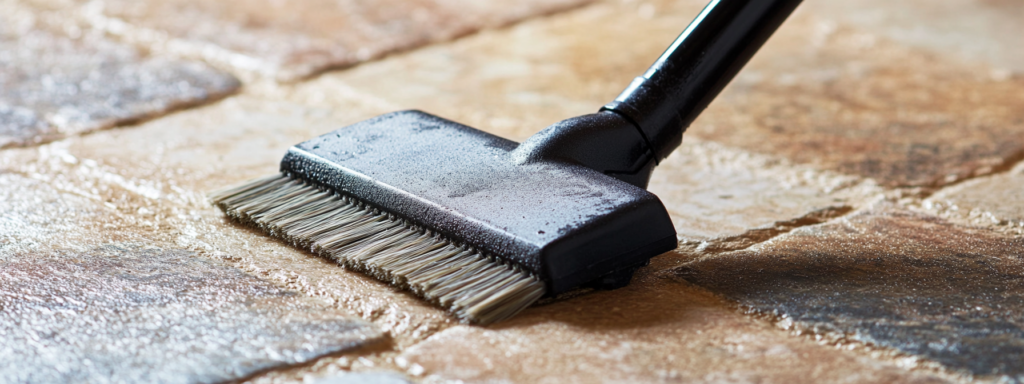
Additional Tips for Maintaining Unsanded Grout
- Use Grout-Safe Cleaning Tools: Always ensure the tools you use are safe for unsanded grout. Microfiber cloths, soft sponges, and gentle brushes are ideal for preventing scratches and preserving the grout’s texture.
- Schedule Regular Professional Cleanings: Even with regular maintenance, high-traffic areas or moisture-heavy zones will eventually require professional attention. Professional tile and grout cleaning helps prevent long-term damage and keeps your grout looking new.
- Inspect for Cracks or Damage: Periodically check your grout lines for any signs of cracking or wear. Addressing these issues early on can prevent more extensive repairs or regrouting in the future.
- Consider Regrouting for Severely Damaged Areas: If your grout is beyond cleaning or repair, regrouting may be necessary. This involves removing the old grout and applying a fresh layer. Professional grout replacement services can ensure the job is done properly, restoring the look and function of your tile surfaces.
Protecting Unsanded Grout with Proper Care
Unsanded grout is delicate and requires special care to maintain its appearance and functionality. By following the do’s and don’ts outlined here, you can prevent damage, extend the life of your grout, and keep your tiled surfaces looking clean and fresh. Regular professional cleaning and sealing are important steps in protecting your grout from dirt, moisture, and wear.
For a thorough clean that preserves the beauty of your unsanded grout, consider scheduling professional tile and grout cleaning services. These experts ensure that your grout is properly maintained, offering long-term protection for your home or business.
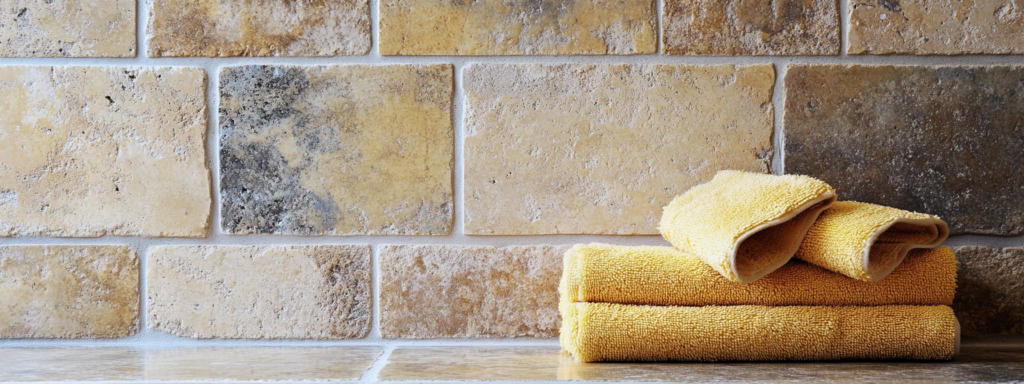
FAQs About Cleaning Unsanded Grout
What’s the difference between sanded and unsanded grout?
Unsanded grout is smoother and used for smaller grout lines, typically 1/8 inch or less, while sanded grout contains sand particles and is used for wider joints. Unsanded grout is ideal for delicate tiles like ceramic or glass, where sanded grout could scratch the surface. It is also more prone to staining and dirt buildup, requiring more careful maintenance.
How often should I clean unsanded grout?
Unsanded grout should be cleaned regularly to prevent dirt and stains from settling in. For high-moisture areas like bathrooms, it’s a good idea to clean the grout weekly with a mild, pH-neutral cleaner. In lower-traffic areas, monthly cleanings may be sufficient. It’s also recommended to have grout professionally cleaned at least once a year.
Can I use bleach to clean unsanded grout?
It’s best to avoid bleach when cleaning unsanded grout. Bleach is too harsh for this type of grout and can cause discoloration or weaken the grout over time. Instead, opt for a mild, pH-neutral cleaner or eco-friendly solutions designed specifically for grout.
Why is my unsanded grout cracking?
Cracking in unsanded grout can occur due to several reasons, such as improper installation, excessive movement in the tiles, or drying out due to a lack of moisture. Regular cleaning and sealing help maintain the grout’s integrity, but if cracks develop, it may be necessary to regrout the affected areas.
Is steam cleaning safe for unsanded grout?
Yes, steam cleaning is generally safe for unsanded grout when performed by professionals. Steam cleaning effectively removes deep-seated dirt and bacteria without the use of harsh chemicals. It’s important to ensure the grout is properly sealed after steam cleaning to protect it from moisture and future staining.
Can I seal unsanded grout myself, or should I hire a professional?
You can seal unsanded grout yourself using a quality grout sealer, but it’s important to follow the instructions carefully to ensure even coverage and long-lasting protection. If you’re unsure or prefer a more durable application, hiring professional grout sealing services ensures the job is done correctly.
What should I do if my unsanded grout starts to discolor?
Discoloration in unsanded grout is often caused by dirt, spills, or improper cleaning products. Start by using a pH-neutral cleaner and a soft-bristled brush to remove surface stains. If the discoloration persists, consider scheduling a professional grout cleaning service to restore the original color.
Is it necessary to seal unsanded grout in low-traffic areas?
Even in low-traffic areas, sealing unsanded grout is important to protect it from moisture, stains, and dirt buildup. Sealing helps prolong the grout’s appearance and structural integrity, reducing the need for frequent cleaning and repairs.
Author
-

As the Co-Owner of Masterful, Randy has been providing quality cleaning services to the Salem and Portland areas of Oregon for many years. He has built a reputation for excellence in the industry. His team take prides in using the latest cleaning techniques and technologies to deliver exceptional results every time.
View all posts

